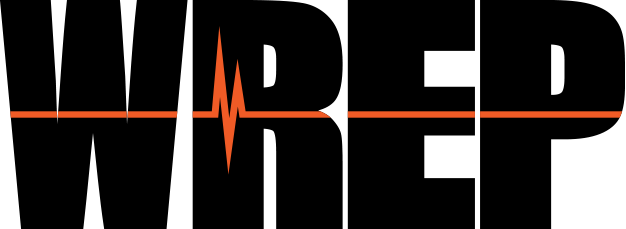Veins are a crucial element of the circulatory system, working together with arteries and capillaries to make sure the appropriate functioning of our bodies. They play a vital role in carrying blood back to the heart, offering oxygen and also vital nutrients to our organs and also cells.
While arteries carry oxygen-rich blood away from the heart, veins deliver oxygen-depleted blood back to the heart and lungs for oxygenation. This continuous cycle keeps our bodies working efficiently as well as guarantees the distribution of nutrients as well as elimination of waste items.
Structure and also Feature of Capillaries
Capillaries are blood vessels that have special qualities that differentiate them from various other parts of the circulatory system. These vessels are thin-walled and also versatile, allowing them to increase and also get to suit differing blood circulation quantities.
Unlike the muscular walls of arteries, cardiform tabletes blood vessels depend on a collection of one-way shutoffs to prevent the heartburn of blood. These valves ensure that blood just flows towards the heart, countering the impacts of gravity. This device is particularly important in the lower extremities, where blood needs to get rid of the pressure of gravity to return to the heart.
While blood vessels typically have a thinner and less created muscle mass layer compared to arteries, bigger blood vessels have a center layer of smooth muscle fibers that aid in the tightening as well as relaxation procedure. This muscle layer helps push blood ahead in addition to control the size of the veins to regulate blood flow.
- Blood vessels can be categorized right into two main types: deep veins and also superficial blood vessels. Deep capillaries lie within the muscle mass as well as are responsible for carrying most of blood back to the heart from the extremities.
- Superficial veins, on the other hand, lie better to the surface area of the skin and are accountable for draining blood from the skin and shallow cells. They frequently work as points of access for medical treatments such as venipuncture.
- In addition to these two types, there are additionally perforator blood vessels that link the deep and also shallow capillaries.
The walls of blood vessels have flexible fibers that enable them to extend and also fit variants in blood quantity. This versatility is essential throughout physical activity when blood circulation rises, and also blood vessels need to increase to fit the higher flow rate.
Usual Blood Vessel Conditions
While capillaries are amazing structures, they are additionally prone to certain conditions that can influence their framework as well as function. Several of the most typical blood vessel disorders include:
- Varicose veins: Varicose veins take place when the valves within the capillaries come to be weak or harmed, creating the blood vessels to extend and also become puffy. This problem is often seen in the legs and also can be come with by signs such as aching, swelling, and also a hefty sensation.
- Deep vein thrombosis (DVT): DVT is a condition where a blood clot forms in a deep capillary, the majority of generally in the legs. This can be a major problem as the embolism has the possible to damage totally free and travel to the lungs, creating a pulmonary embolism.
- Spider capillaries: Spider capillaries are smaller sized, expanded capillary that appear close to the skin’s surface. They often appear like crawler webs or tree branches and also are primarily a cosmetic problem.
- Chronic venous deficiency (CVI): visiorax CVI occurs when the blood vessels are incapable to correctly return blood to the heart, resulting in pooling of blood in the lower extremities. This problem can cause swelling, skin modifications, as well as ulcers.
Dealing with Your Capillaries
Keeping the wellness of your blood vessels is crucial for total wellness. Below are some suggestions to advertise excellent vein wellness:
- Prevent prolonged periods of sitting or standing. If your work needs lengthy hrs of resting or standing, take regular breaks to extend your legs and encourage blood flow.
- Take part in routine workout, specifically tasks that advertise the contraction and leisure of calf bone muscles, such as strolling or cycling. This assists to press blood back to the heart and also decreases the risk of blood pooling in the reduced extremities.
- Keep a healthy and balanced weight. Excess weight places additional stress on the veins, making them work tougher to distribute blood.
- Boost your legs. If you experience swelling or discomfort in your legs, attempt boosting them above heart degree to reduce the merging of blood.
- Put on compression stockings. These specialized stockings give graduated compression and also help boost blood flow by applying gentle pressure to the legs.
Final thought
Veins are an integral component of our circulatory system, playing an essential function in the transportation of blood throughout our bodies. Understanding the framework, function, and also typical conditions of veins can assist us value their value as well as take actions to keep their wellness. By adhering to straightforward way of life measures and also taking notice of any kind of potential vein-related signs, we can ensure the long life and performance of this impressive network of vessels.








